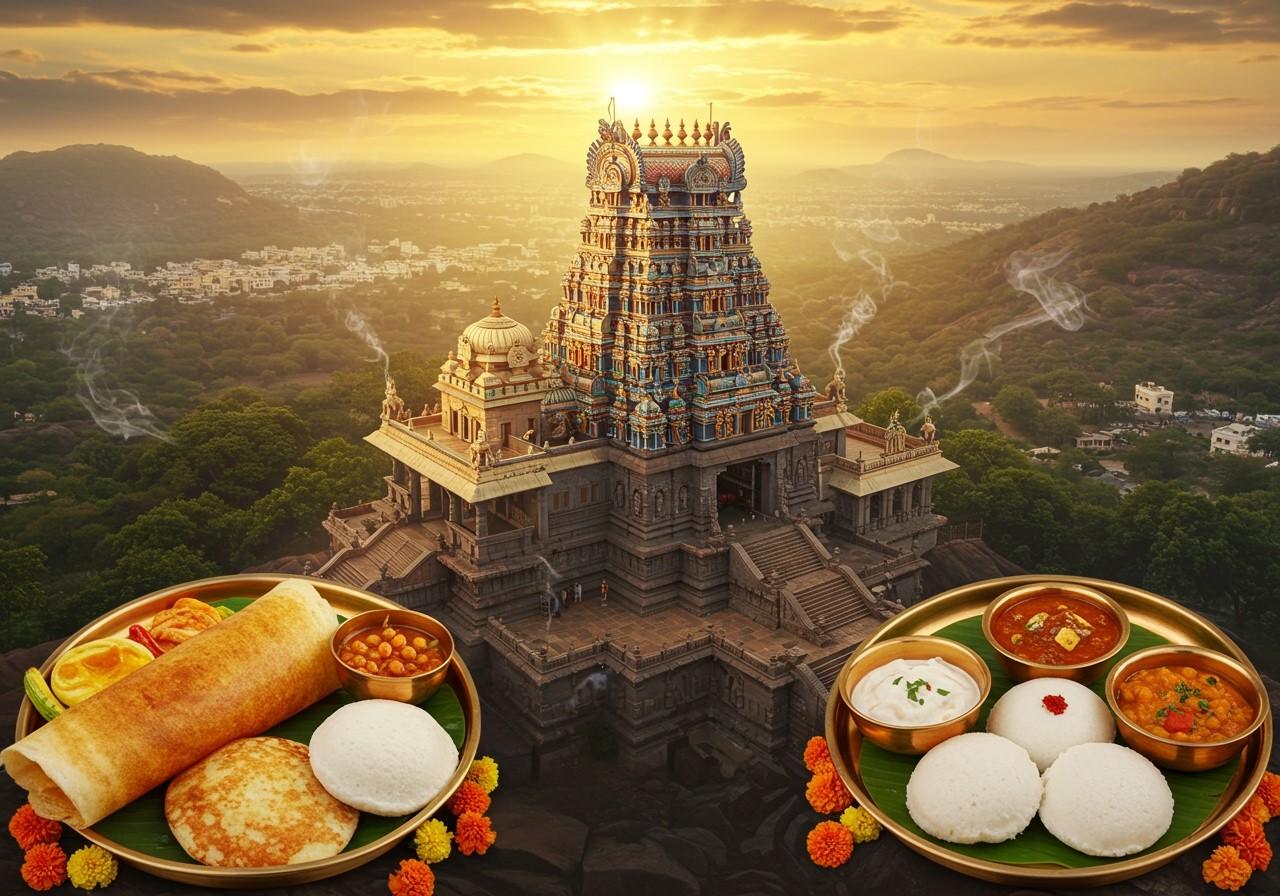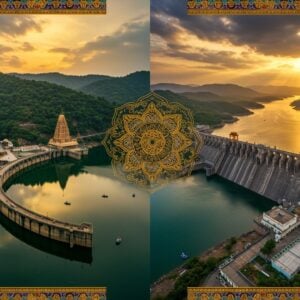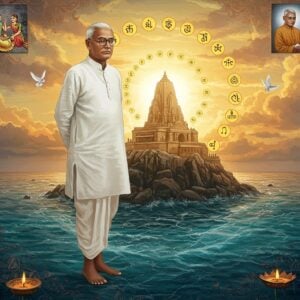
When we think of Indian Maharajas, our minds often paint a picture of grand palaces, sparkling jewels, and a life of unimaginable luxury. While the Maharajas of Mysore certainly lived amidst splendour, their story is so much more than just opulence. It’s a story of vision, progress, and a deep-rooted commitment to the people, a legacy that continues to make Mysore the cultural heart of Karnataka.

More Than a Ruler: A Visionary for the People
It’s easy to be mesmerised by the sheer beauty of the Mysore Palace, but the true treasure of the Wadiyar dynasty was their progressive mindset. Instead of focusing only on personal grandeur, rulers like the great Krishnaraja Wadiyar IV dedicated their lives to the welfare of their kingdom. They weren’t just kings; they were nation-builders who dreamt of a modern, educated, and just society.
Their contributions were not small gestures; they were revolutionary changes that shaped the future. One of the most significant aspects of their rule was their dedication to social reform. In an era when such ideas were radical, they took bold steps to ban practices like untouchability and child marriage, and even provided scholarships for widowed women to rebuild their lives. This shows a deep sense of compassion and a desire to build a society based on dignity for all.
Building a Modern Mysore, Brick by Brick
The Maharajas understood that the foundation of a strong kingdom is its people. That’s why education was a top priority. They introduced compulsory primary education, ensuring that every child had the chance to learn and grow. They didn’t just stop there; they poured funds into supporting schools and students, laying the groundwork for the knowledgeable society Mysore is today.
And their vision extended to technology too! Can you believe it? In 1905, thanks to their pioneering efforts, Bangalore became the very first city in all of Asia to be fully electrified using hydroelectric power. This was a monumental leap into the future, proving that the Wadiyar dynasty was always thinking generations ahead. Their efforts in modernising the economy and industries of Mysore are still praised today.

The Heartbeat of Culture: Palace, Patronage, and Pooja
Of course, no story of Mysore is complete without mentioning the magnificent Mysore Palace. This grand residence wasn’t just a home for the royals; it was and still is the epicentre of Mysore’s culture. As you walk through its halls, you can feel the history and the deep respect for tradition. From intricate decoratives to sacred spaces, every corner tells a story.
The royal family’s contribution to the arts is immense. They were patrons of classical music, dance, and literature, helping preserve the traditional art forms we cherish. Many wonder about the traditions associated with the Maharaja. Well, they are deeply rooted in age-old Dharmic practices. The Maharaja continues to play a central role in ceremonies, especially during the world-famous Dasara festival, which showcases the kingdom’s rich cultural pageantry. The vibrant rituals remind us of the importance of carrying our traditions forward, much like how we use specific Dashakarma items in our own ceremonies to honour our ancestors.
A Legacy for Today: The Modern Maharaja
The royal legacy continues to thrive. The current Maharaja, Yaduveer Krishnadatta Chamaraja Wadiyar, gracefully balances the weight of this incredible history with the challenges of the modern world. He is not just a custodian of the past; he is actively involved in preserving Mysore’s heritage and even engages in politics. In a wonderful blend of old and new, he uses social media to connect with people, showing that tradition can and should have a voice in today’s world.
So, if you ever wish to explore the life of the Maharaja of Mysore, you can do so by visiting the magnificent Palace, exploring the city’s museums, and if you’re lucky, witnessing the grandeur of the cultural festivals. You will find that their legacy is not confined to history books; it is alive in the art, the progress, and the spirit of Mysore.
Bring Home a Touch of Royal Sanctity with Poojn.in
The life of Mysore’s royalty is a beautiful blend of power, tradition, and divine grace. In our culture, certain objects are believed to carry this same sacred energy. For centuries, the Vamavarti Shankh has been a symbol of royalty, power, and the blessings of Goddess Lakshmi, bringing harmony and abundance into the home.
While we may not live in palaces, we can invite that same sense of sacredness and tradition into our own homes. At Poojn.in, we understand your deep connection to our heritage. We bring you authentic, high-quality pooja samagri and cultural items, curated with care and respect for tradition. Embracing an item like a Vamavarti Shankh is a beautiful way to connect with the majestic aura of our country’s royal past.
For all your cultural and spiritual needs, explore our collection at Poojn.in, India’s biggest cultural goods & services store. For assistance, feel free to call us at 03369029784 or send a message on WhatsApp at 9476142738. Let’s keep our traditions alive, together.


